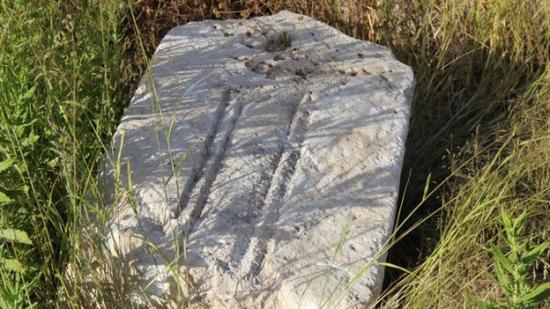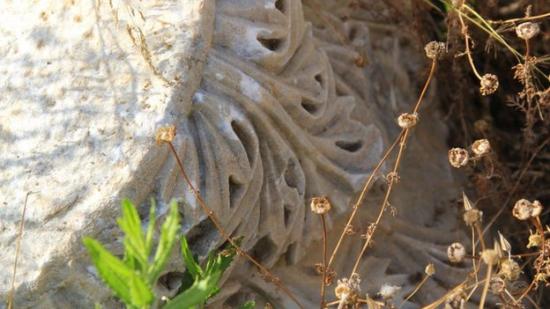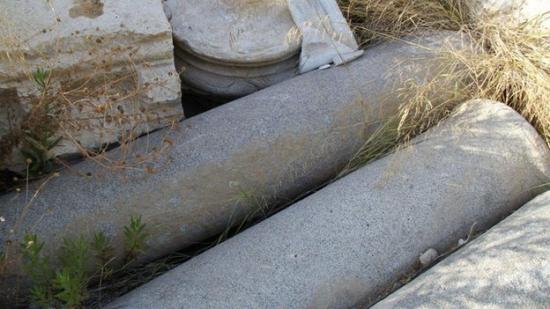PART.2
Sites wiped out
The hippodrome battle harks back to a series of disputes over allegedly haphazard preservation efforts during the reconstruction of central Beirut after the civil war.
Even current ministry officials admit ancient sites were lost when swathes of the old city were razed in favour of high end residential and office space.
Under a controversial scheme, archaeological excavations in Lebanon are funded by developers, leading to accusations that digs can be rushed and findings downplayed to expedite construction works.
Last year a site dating back to the 2nd Century BC and believed by some to be a Phoenician dry dock, was demolished to make way for three high rise towers despite an outcry from activists.
The dock claim was refuted by an expert hired by the developer, but the site's use, particularly its wide stone ramps, remain a mystery.

The remains of the 'hippodrome' were uncovered in August

There is disagreement over the archaeological value of the site

Archaeologist Naji Karam said more than 70 archaeological sites have been excavated across Beirut over the past decade
"What is being done to Beirut today can be described… as a large scale massacre," local archaeologist Naji Karam recently wrote in daily Al Akhbar newspaper.
He alleged that over 70 sites have been excavated in the city over the past decade with little to nothing published on what has been found.
Helen Sader, the former head of the archaeology department at the American University of Beirut, shares that concern, saying there have been virtually no recent publications, not just in the capital but across the country.
"They keep everything secret," she said. "People focus on Beirut but they have no idea how many more substantial things are being destroyed across Lebanon."
Ms Sader and many of her colleagues say there is a shortage of trained personnel with entire cities like Sidon and Tyre being assigned a single archaeologist.
What is more, the culture ministry's directorate of antiquities has operated without a director for over five years, owing to the failure of successive Lebanese cabinets to nominate someone to the post.
"You need someone with a vision," said Hans Curvers. "But that has been lacking."
Senior Lebanese antiquities official Assaad Seif defended the plan to build on the plot as the best compromise, both to shelter the ruins and allow for construction to go forward.
"You have to go with the development and at the same time preserve the archaeology," he said.
Mr Seif admitted that publishing remained a problem, but he blamed a lack of budget and overstretched staff.
Yet Helen Sader and other archaeologists claim the ministry has often rejected or failed to reach out to enough Western universities to provide much needed assistance.
"Get help," she pleaded. "If we don't have [the staff], 1,000 people are ready to come and help."